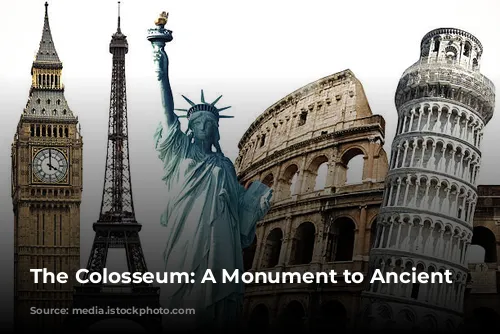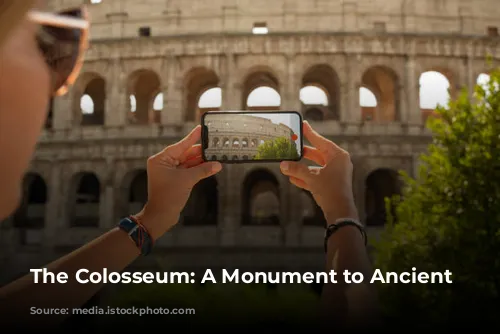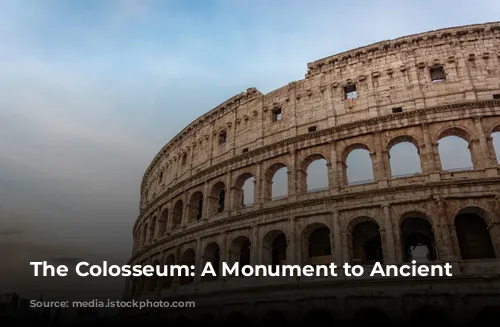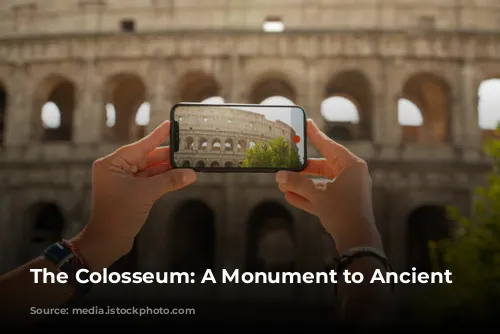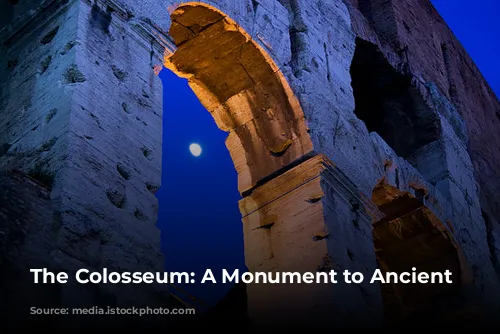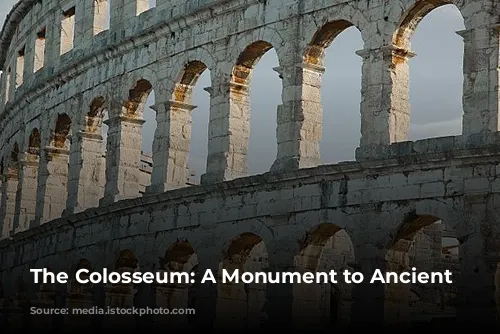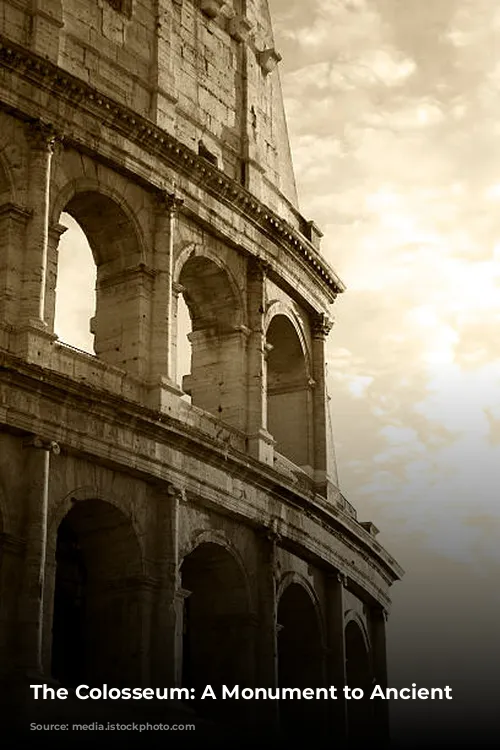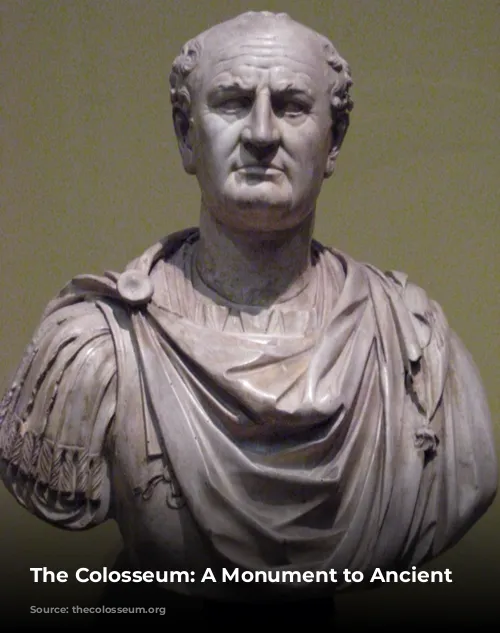The Colosseum, a towering symbol of ancient Rome, stands as a testament to a bygone era. Its walls have witnessed countless events, from the thrill of gladiator battles to the brutality of wild animal hunts. Today, it draws millions of visitors each year, eager to unravel the mysteries of this iconic structure.

The Colosseum’s Construction
The Colosseum’s construction commenced in 72 AD under the reign of Emperor Vespasian. Although Vespasian sadly passed away before its completion, his sons, Titus and Domitian, carried on his legacy, overseeing the structure’s final stages. The building process involved an immense workforce, primarily composed of Jewish slaves, under the meticulous guidance of Roman engineers and artisans.
The Colosseum was built to replace Nero’s infamous palace, the Domus Aurea, which had been constructed after the Great Fire of 64 AD. Roman citizens resented Nero’s extravagance, and when Vespasian ascended to the throne, he decided to dismantle the Domus Aurea and build a grand amphitheater in its place. This new structure, the Colosseum, was intended to be a space where all Roman citizens could gather for entertainment and spectacle.
The Colosseum’s name is thought to have originated from the colossal statue of Emperor Nero that once stood nearby. This statue, itself inspired by the Colossus of Rhodes, was a testament to Nero’s grandeur, but it was ultimately demolished during Vespasian’s reign.
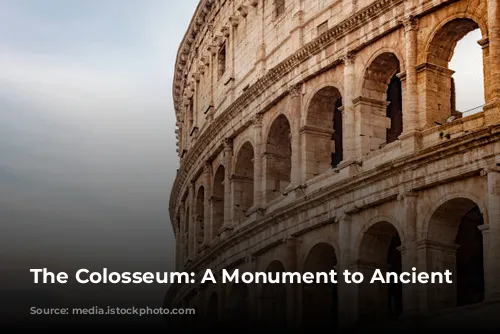
The Colosseum: A Giant of Architecture
The Colosseum is a monumental structure, spanning 189 meters in length, 156 meters in width, and reaching a height of 48.5 meters. Its surface area covers 6 acres, making it a colossal feat of engineering. The exterior walls boast three tiers of columns, Doric, Ionic, and Corinthian, with 80 arches adorning each tier. These arches, originally numbered with Roman numerals, served as a guide for spectators, helping them find their seats. Sadly, only 31 of these arches remain intact today.
The Colosseum’s construction relied on 100,000 cubic meters of travertine stone, quarried from Tivoli, a location 20 miles away. These stones were meticulously joined together by thousands of iron clamps, creating a durable and resilient structure. The Colosseum’s Hypogeum, an intricate network of tunnels and chambers, was a hidden world below the arena. Gladiators, animals, and prisoners were held in these underground spaces before entering the arena. An extensive network of trap doors allowed for the deployment of scenery and dramatic effects during the spectacles.
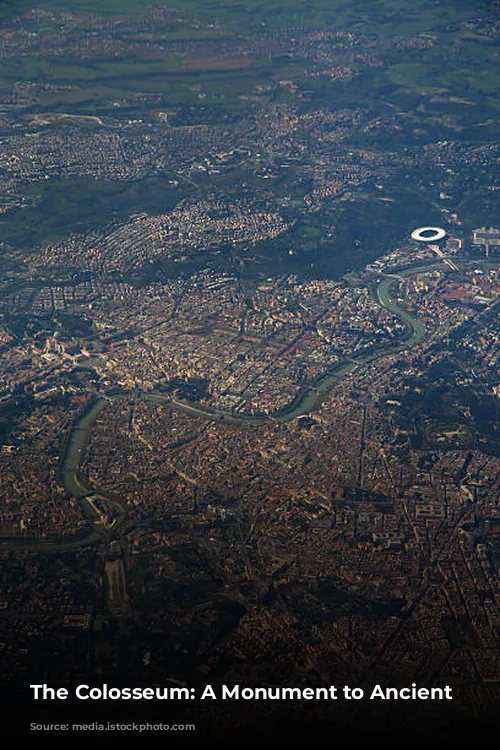
The Colosseum: A Stage for Bloodsports
The Colosseum was designed to accommodate a vast audience, capable of seating between 50,000 and 80,000 spectators. Its purpose was to provide entertainment for the masses, and this often involved gruesome spectacles. It is estimated that over 400,000 individuals perished in the Colosseum during its 350 years of operation, including gladiators, slaves, convicts, prisoners, and other performers.
The Colosseum hosted a wide array of spectacles, including gladiator battles, hunts, and executions. These events were often brutal, involving lions, tigers, bears, wolves, elephants, and other exotic animals, which were used as weapons against condemned prisoners and gladiators. The Colosseum’s use of these animals, especially for hunts, is said to have contributed to the extinction of some species in nearby regions.
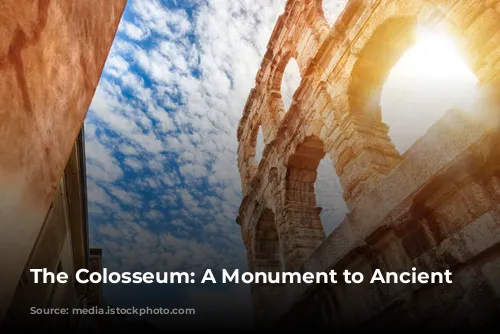
Myth vs. Reality: Gladiators and Christianity
While the image of gladiator fights conjures up images of chaotic, bloodthirsty battles, the reality was more complex. Gladiators were divided into classes, based on their fighting style and size, and referees and doctors were present to monitor the matches. Matches were not always fatal, and many gladiators had successful careers, achieving fame and celebrity status.
Although the Colosseum’s bloody spectacles are often linked to Christian martyrdom, there is no conclusive historical evidence to support this claim. While it is true that thousands of people died within the Colosseum’s walls, the fate of Christians in the arena remains a subject of debate.
The movie Gladiator is a fictionalized account of Commodus, a real Roman Emperor known for his love of gladiatorial combat. While the movie portrays Commodus’s reign with some historical accuracy, certain details are exaggerated or fabricated. Commodus was known for his sadistic tendencies, often fighting handicapped opponents or animals that could not harm him. He was ultimately overthrown, but not in the heroic fashion depicted in the movie.
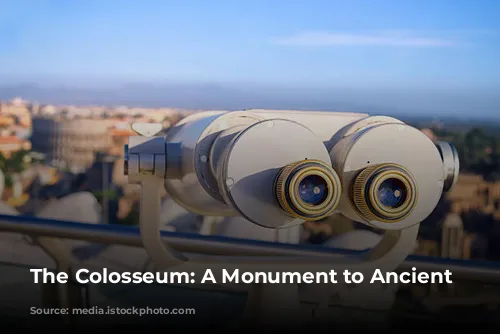
The Colosseum’s Decline and Legacy
The last known record of gladiator battles at the Colosseum dates back to 435 AD. The arena continued to host hunts for another century before its use as an amphitheater ceased. The end of these spectacles was not due to the rise of Christianity, as is commonly believed, but rather the declining resources of the Roman Empire. By the 5th century, the Colosseum was in a state of disrepair, and the costs associated with maintaining the arena, paying gladiators, and procuring wild animals became increasingly burdensome.
The Colosseum has suffered from numerous fires and earthquakes throughout its history. These disasters have left their mark on the structure, resulting in significant damage that has been repaired and rebuilt over the centuries. Over time, the Colosseum has been used for various purposes, including a cemetery, a place of worship, housing, workshops, a fortified castle, and a religious order’s home. Today, it stands as a renowned tourist attraction, attracting over 7 million visitors annually.
The Colosseum remains a symbol of ancient Rome’s power, grandeur, and complexity. It continues to inspire awe and fascination, offering a glimpse into the rich history and culture of a bygone era. The echoes of gladiatorial combat, the roar of the crowd, and the drama of its spectacles still resonate through the stones of this timeless monument.
